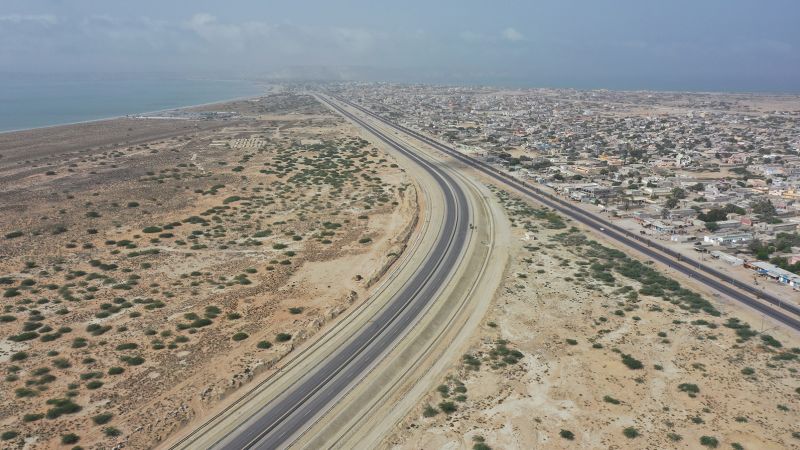Developing countries owe Chinese lenders at least $1.1 trillion, according to a new data analysis published Monday, which says more than half of the thousands of loans China has doled out over two decades are due as many borrowers struggle financially.
Overdue loan repayments to Chinese lenders are soaring, according to AidData, a university research lab at William & Mary in Virginia, which found that nearly 80% of China’s lending portfolio in the developing world is currently supporting countries in financial distress.
For years, Beijing marshalled its finances toward funding infrastructure across poorer countries – including under an effort that Chinese leader Xi Jinping branded as his flagship “Belt and Road Initiative,” which launched a decade ago this fall.
That funding flowed liberally into roads, airports, railways and power plants from Latin America to Southeast Asia and helped power economic growth among borrowing countries. Along the way, it drew many governments closer to Beijing and made China the world’s largest creditor, while also sparking accusations of irresponsible lending.



Well, every news piece I read about this seems to paint Sri Lanka economy as doomed. It’s good if they’re actually growing and the deal won’t negatively affect their growth in the long run.
Every news piece you read probably comes from a Western source that’s trying to paint China as the new “big bad” because a strong China threatens the profits of Western companies.
We’re already seeing it in Europe: even as China tapers away subsidies and moves towards offshoring production, Europe is trying to impose tariffs on Chinese electric vehicles that are simultaneously higher quality and cheaper than European manufacturers can dream of. Nevermind that China’s EV adoption is orders of magnitude faster than anywhere else in the world even as EV subsidies in China are basically gone now. In fact, most of China’s subsidies for nascent green tech industries exist in the form of IOUs that still haven’t been paid out because the CPC is a slow and lumbering beast and the companies don’t need them to be cash flow positive.
Frankly, if Sri Lanka’s economy stops growing, the Sri Lankan government has far greater issues than the slight reduction in port fees. Plus, let’s not pretend that Sri Lanka’s other options are better: India’s Adani took a majority stake of the India/US-funded expansion of the Port of Colombo: https://www.reuters.com/article/sri-lanka-crisis-port/sri-lanka-starts-building-700-mln-port-project-funded-by-indias-adani-idINL4N3252KT
https://www.bloomberg.com/news/articles/2023-11-08/us-invests-553-million-in-adani-s-sri-lanka-port-to-curb-china-s-influence
Oops.